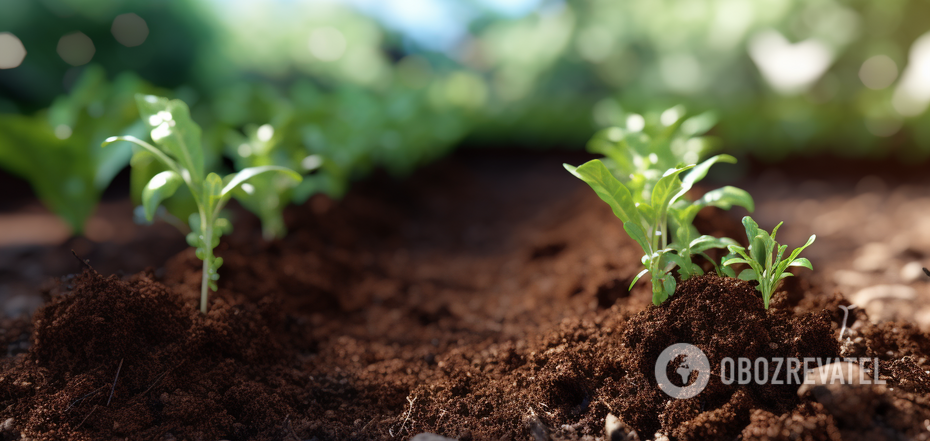Life
What to plant after potatoes, tomatoes and cucumbers: the harvest will be gigantic
Harvest season is a good time to think about how you will organize next year's vegetable garden. You can still see the configuration of the beds in front of you and can plan well where and which crops you will plant in the spring. This is important, because from the correct alternation largely depends on the yield.
OBOZREVATEL asked the advice of experienced gardeners, how to alternate plants on the beds. And why it is so important.
Why it is necessary to alternate plants in the beds
Each crop absorbs a certain list of nutrients from the soil. If the same plant is planted every year in the same place, it will soon take almost the entire stock of these substances from the soil. This will lead to a violation of the balance of micro- and macroelements, which, accordingly, will have a bad effect on fertility in general.
In addition, the root system of different plants has a serious impact. Some have deep loosening roots, and at the same time deplete the soil many centimeters deep, others have adapted to receive nutrition from the surface layers. If the plot is used for a long time for one crop, it also leads to deterioration of soil quality.
And not only do plants carry away substances from the outside environment, but they also release certain compounds. These can be toxins, herbicides and chemicals that inhibit the growth of other plants. Or even nutrients that trigger the growth of bacteria and fungi in the ground, some of which can be harmful.
If plants are properly rotated in separate areas of the vegetable garden, several beneficial effects can be achieved at once:
- preserve the nutrient content and structure of the soil;
- increase the activity of beneficial soil flora;
- suppress the growth of pathogenic microorganisms and deter pests;
- reduce the number of weeds.
How to properly alternate crops
When choosing what to plant in the bed next season, it is important to remember two basic rules. You cannot plant related crops one after another - they often take the same substances from the soil. It is better to avoid planting plants suffering from the same pests and diseases - they will infect each other.
To make it easier to navigate the duty, experienced vegetable gardeners have compiled successful pairs:
- onions and carrots;
- eggplant and beans, peppers, onions;
- beans and potatoes, carrots, radishes, beets;
- melon and corn;
- zucchini and tomato;
- potato and marigold, corn;
- onion and carrot, cucumber;
- carrot and pea;
- tomato and basil, garlic;
- cucumber and corn.
How to plan a vegetable garden
In order to plant successfully next year, first plan your plot according to light levels. This way you will determine where sun-loving crops will do better and where those that need shade will do better.
Also, vegetable gardeners advise to divide the vegetable garden into 4 approximately equal in area plots. Every year, the crops on these plots should be changed. This will form a four-year cycle, which will help to maintain soil quality and yields at a high level.
What pairs are best to avoid
In contrast to successful pairs, vegetable gardeners made up bad combinations. Such an alternation will not benefit either the land or the plants themselves:
- potatoes and any nightshades are crops of the same family, subject to the same diseases;
- soybeans and sunflowers;
- sunflower and legumes;
- cucumber and pumpkin, carrots, beans and eggplant;
- cabbage and beets, radishes and turnips;
- zucchini and cabbage and eggplant.
Earlier OBOZREVATEL told how to restore the soil on the tomato bed before the onset of winter.
Subscribe to OBOZREVATEL channels in Telegram and Viber to be aware of the latest events.



























